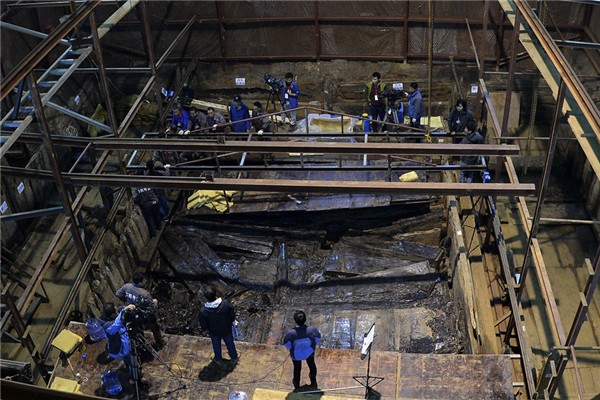Reading materials found in the tomb of former Emperor Liu He, whose coffin and body were recently unearthed, could explain why he was removed from his post and why his reign was very short.
Lui ruled for only 27 days during the Han Dynasty in China. Born in 92 BC, he was made Prince of Changyi - the current Laizhou in Shandong Province – when he was five years old after the death of his father. In 74 BC, 13 years after he was made prince, Liu became known as Emperor Fei at age 18 after the death of Emperor Zhao, his uncle, who did not have a son or daughter, according to Global Times.
In less than a month, he was removed from his post for allegedly being incompetent in his job, even if his rule was one of the most prosperous eras in the history of China. Liu was swiftly banished to Changyi, his old residence where he lived again as a commoner. But after 10 years, Emperor Xuan made him the Marquis of Haihun, a small kingdom north of Jiangxi Province.
Archaeologists found his 2,000-year-old tomb in Jiangxi. Lui’s burial site was found o 2011 near Nanchang, the province’s capital. Among the indicators that he is a not a profligate royalty are the lack of decorations on his tomb that characterize markings of an emperor and a tomb grave marker that was shorter than maximum 13 meters limit set by tradition.
But it was the large amount of reading materials, indicating Liu was a follower of Confucius, that made historians think his losing power has something to do with his being an intellectual.
The artifacts from the diggings, confirmed to be that of Liu He, are currently on display at the Capital Museum in Beijing, reported China.org. The excavation site, which measures about 46,000 square meters, contain also eight other tombs where the chariot horses of the former emperor were buried.
Among the contents of the exhibit are jade articles, bronze ware, gold ware and lacquered replica selected from about 20,000 artifacts dug from the excavation sue in Haihonhou five years ago.



























